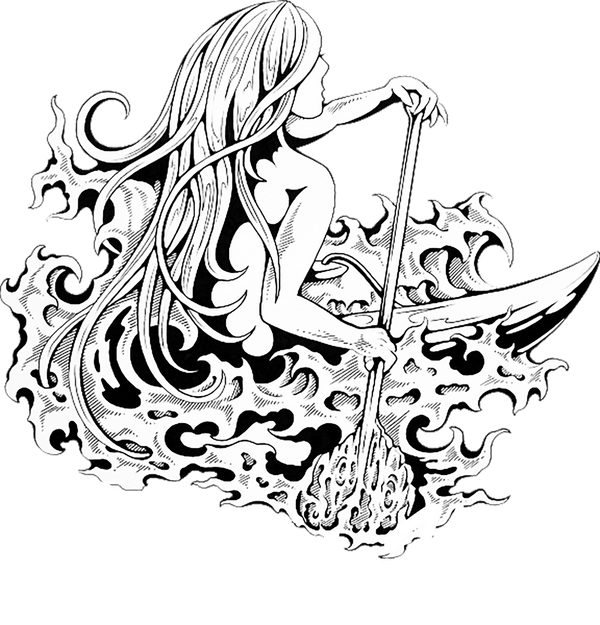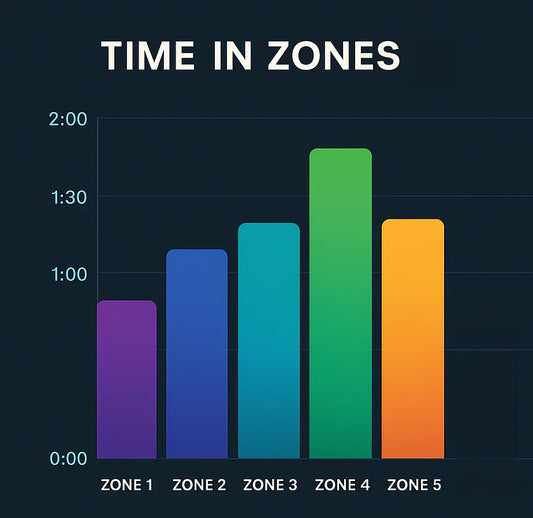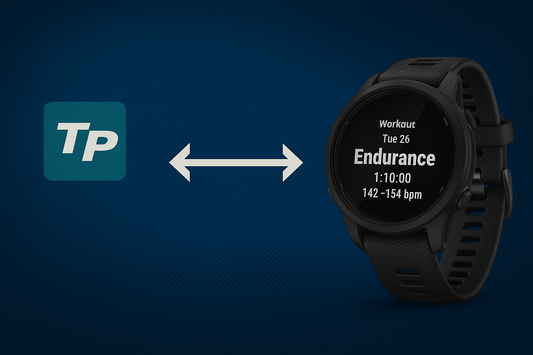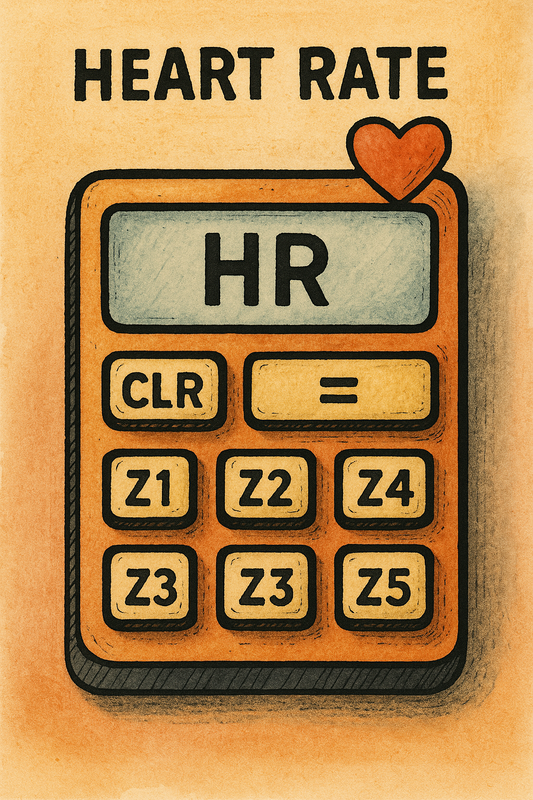Progress doesn’t happen by accident — it’s built through consistent, intentional training. One of the most powerful tools to make that happen is progressive overload, a principle that helps paddlers steadily increase strength, endurance, and efficiency without burning out.
What is Progressive Overload?
Progressive overload is the practice of gradually increasing training stress so your body continues to adapt and grow stronger. In outrigger canoe, this can mean:
- Adding more distance to a base paddle
- Increasing interval intensity
- Shortening rest periods
- Incorporating resistance paddling (bungees, heavy boats, or strong current)
The key is small, steady adjustments. Make training just a little harder over time, and your body will rise to the challenge.

Why Does It Work?
Your body adapts to the stress you place on it. If the stress stays the same, you’ll plateau. If it increases too quickly, you risk injury or overtraining. Progressive overload strikes the balance — it provides just enough new challenge to keep you improving while giving your body time to adapt.

How to Apply Progressive Overload in Paddling
Think of progressive overload as a long-term process, not a single workout. Here’s how to put it into practice:
- Base Training (Endurance): Gradually extend your long paddle by 10% each week. You can target distance or time.
- Intervals (Speed/Power): Add one more repeat to a workout every week or two, or increase your intensity of the interval.
- Strength Training (Supportive Work): On the water you can add weight to your canoe, increasing the weight you add each week by 5%. In the gym increase your total volume lifted by increasing reps, sets, or weight. Also target a 5% weekly increase.
- Recovery Balance: Every 3–5 weeks, step back slightly in volume or intensity to let your body recover, adapt, and absorb the gains.
An example of a base training period building endurance:

Example: Progressing a Single Workout
Let’s take a common interval session: 6 x 3 minutes at race pace with 90 seconds rest. Here are three simple ways to progress this workout over several weeks:
- Add Reps: Move from 6 intervals to 7, then 8.
- Increase Time: Start with 3-minute pieces, then build to 3:30, then 4:00.
- Reduce Rest: Keep 6 x 3 minutes, but shorten rest from 90 seconds → 75 → 60.
By changing just one variable at a time, the workout becomes progressively more challenging without overwhelming your system. Here is an example with the reps increasing each week.

Progressive Workouts in Our Training Plans
In our training plans you will see workouts ending with numbers to show their progression. For example:
- Threshold Intervals 1
- Threshold Intervals 2
- Threshold Intervals 3
- Threshold Intervals 0
You begin at number 1, then work your way up to number 3. Each workout will increase the training load via reps, interval time, or intensity, depending on the goal. If you see a workout with "0" appended to it, it is because it is a recovery workout and will be the easiest of the progression, but used only during planned recovery weeks.
4-Week Progressive Overload Plan for Paddlers
Here’s an example of how you could structure four weeks of training to apply progressive overload. This plan assumes 3–4 paddling sessions per week plus optional strength work.
Week 1: Foundation
- Long Paddle: 10 miles at steady aerobic pace
- Intervals: 6 x 3 min @ race pace, 90 sec rest
- Technique Session: Easy paddle with drills (catch, rotation, timing)
- Strength (Optional): 2x8 squats, rows, planks
Week 2: Build
- Long Paddle: 11 miles, steady aerobic pace
- Intervals: 7 x 3 min @ race pace, 90 sec rest
- Technique Session: Easy paddle with drills + short pickups (10 strokes hard, 20 easy)
- Strength (Optional): Add 1 set to each exercise
Week 3: Push
- Long Paddle: 12 miles, steady aerobic pace
- Intervals: 7 x 3:30 min @ race pace, 90 sec rest
- Technique Session: Focused on efficiency under light fatigue
- Strength (Optional): Slightly heavier weights, same sets/reps
Week 4: Recovery & Absorb
- Long Paddle: 8 miles, relaxed pace
- Intervals: 4 x 3 min @ race pace, 90 sec rest
- Technique Session: Light paddle, heavy on drills
- Strength (Optional): Bodyweight only, mobility focus
Common Mistakes to Avoid
- Too much, too soon: Jumping from a 6-mile paddle to 12 miles in a week.
- No progression: Doing similar workouts with similar training stress loads for months with no changes.
- Ignoring recovery: Overload only works if your body has time to adapt. Without recovery progressive overload doesn't work, so think of recovery as the base of the performance pyramid.

Takeaway
Progressive overload is the backbone of long-term improvement. By making small, intentional increases in training stress, paddlers build strength, speed, and efficiency without burnout. Remember — consistency beats intensity. Keep stacking small gains, and they’ll add up to big performance on the water.










